Osteoporosis Drug Stops Growth of Breast Cancer Cells, Even in Resistant Tumors
|
By LabMedica International staff writers Posted on 03 Jul 2013 |
A drug approved in Europe to treat osteoporosis has now been shown to suppress the growth of breast cancer cells, even in cancers that have become resistant to current targeted therapies.
Presented on June 15, 2013, at the annual Endocrine Society meeting in San Francisco (CA, USA), the findings demonstrate that the drug bazedoxifene triggers a formidable one-two punch that not only blocks estrogen from promoting breast cancer-cell growth, but also targets the estrogen receptor for destruction.
“We found bazedoxifene binds to the estrogen receptor and interferes with its activity, but the surprising thing we then found was that it also degrades the receptor—it gets rid of it,” said senior author Donald McDonnell, PhD, chair of Duke Cancer Institute’s (Durham, NC, USA) department of pharmacology and cancer biology.
In animal and cell culture studies, the drug suppressed growth both in estrogen-dependent breast cancer cells and in cells that had developed resistance to the antiestrogen tamoxifen and/or to the aromatase inhibitors, two of the most widely used types of drugs to prevent and treat estrogen-dependent breast cancer. Currently, if breast cancer cells develop resistance to these therapies, patients are usually treated with toxic chemotherapy agents that have significant side effects.
Bazedoxifene is an agent that, similar to tamoxifen, belongs to a class of drugs known as specific estrogen receptor modulators (SERMs). These drugs act like estrogen in some tissues, while substantially blocking estrogen action in other tissues. However, unlike tamoxifen, bazedoxifene has some of the characteristics of a newer group of drugs called selective estrogen receptor degraders (SERDs), which can target the estrogen receptor for destruction.
“Because the drug is removing the estrogen receptor as a target by degradation, it is less likely the cancer cell can develop a resistance mechanism because you are removing the target,” said lead author Suzanne Wardell, PhD, a research scientist working in McDonnell’s lab. Many researchers had presumed that once breast cancer cells developed resistance to tamoxifen; however, “We discovered that the estrogen receptor is still a good target, even after it resistance to tamoxifen has developed,” he said.
The investigators evaluated a range of breast cancer-cell types, including tamoxifen-sensitive cells that are resistant to the drug lapatinib; another targeted therapy that is used to treat patients with advanced breast cancer whose tumors contain the mutant HER2 gene. These cells had previously been shown to reactivate estrogen signaling in order to acquire drug resistance. In this cell type, bazedoxifene also strongly inhibited cell growth.
Ironically, in bone tissue, bazedoxifene mirrors the action of estrogen, helping protect it from destruction. Because bazedoxifene has already undergone safety and effectiveness studies as a treatment for osteoporosis, it may be a feasible near-term alternative for patients with advanced breast cancer whose tumors have become resistant to other treatment approaches, Dr. Wardell reported. In clinical trials, the most frequently reported side effect was hot flashes in the bazedoxifene treatment groups.
The study was funded by a research grant from Pfizer Pharmaceuticals (New York, NY, USA), maker of bazedoxifene.
Related Links:
Duke Cancer Institute
Presented on June 15, 2013, at the annual Endocrine Society meeting in San Francisco (CA, USA), the findings demonstrate that the drug bazedoxifene triggers a formidable one-two punch that not only blocks estrogen from promoting breast cancer-cell growth, but also targets the estrogen receptor for destruction.
“We found bazedoxifene binds to the estrogen receptor and interferes with its activity, but the surprising thing we then found was that it also degrades the receptor—it gets rid of it,” said senior author Donald McDonnell, PhD, chair of Duke Cancer Institute’s (Durham, NC, USA) department of pharmacology and cancer biology.
In animal and cell culture studies, the drug suppressed growth both in estrogen-dependent breast cancer cells and in cells that had developed resistance to the antiestrogen tamoxifen and/or to the aromatase inhibitors, two of the most widely used types of drugs to prevent and treat estrogen-dependent breast cancer. Currently, if breast cancer cells develop resistance to these therapies, patients are usually treated with toxic chemotherapy agents that have significant side effects.
Bazedoxifene is an agent that, similar to tamoxifen, belongs to a class of drugs known as specific estrogen receptor modulators (SERMs). These drugs act like estrogen in some tissues, while substantially blocking estrogen action in other tissues. However, unlike tamoxifen, bazedoxifene has some of the characteristics of a newer group of drugs called selective estrogen receptor degraders (SERDs), which can target the estrogen receptor for destruction.
“Because the drug is removing the estrogen receptor as a target by degradation, it is less likely the cancer cell can develop a resistance mechanism because you are removing the target,” said lead author Suzanne Wardell, PhD, a research scientist working in McDonnell’s lab. Many researchers had presumed that once breast cancer cells developed resistance to tamoxifen; however, “We discovered that the estrogen receptor is still a good target, even after it resistance to tamoxifen has developed,” he said.
The investigators evaluated a range of breast cancer-cell types, including tamoxifen-sensitive cells that are resistant to the drug lapatinib; another targeted therapy that is used to treat patients with advanced breast cancer whose tumors contain the mutant HER2 gene. These cells had previously been shown to reactivate estrogen signaling in order to acquire drug resistance. In this cell type, bazedoxifene also strongly inhibited cell growth.
Ironically, in bone tissue, bazedoxifene mirrors the action of estrogen, helping protect it from destruction. Because bazedoxifene has already undergone safety and effectiveness studies as a treatment for osteoporosis, it may be a feasible near-term alternative for patients with advanced breast cancer whose tumors have become resistant to other treatment approaches, Dr. Wardell reported. In clinical trials, the most frequently reported side effect was hot flashes in the bazedoxifene treatment groups.
The study was funded by a research grant from Pfizer Pharmaceuticals (New York, NY, USA), maker of bazedoxifene.
Related Links:
Duke Cancer Institute
Latest BioResearch News
- Genome Analysis Predicts Likelihood of Neurodisability in Oxygen-Deprived Newborns
- Gene Panel Predicts Disease Progession for Patients with B-cell Lymphoma
- New Method Simplifies Preparation of Tumor Genomic DNA Libraries
- New Tool Developed for Diagnosis of Chronic HBV Infection
- Panel of Genetic Loci Accurately Predicts Risk of Developing Gout
- Disrupted TGFB Signaling Linked to Increased Cancer-Related Bacteria
- Gene Fusion Protein Proposed as Prostate Cancer Biomarker
- NIV Test to Diagnose and Monitor Vascular Complications in Diabetes
- Semen Exosome MicroRNA Proves Biomarker for Prostate Cancer
- Genetic Loci Link Plasma Lipid Levels to CVD Risk
- Newly Identified Gene Network Aids in Early Diagnosis of Autism Spectrum Disorder
- Link Confirmed between Living in Poverty and Developing Diseases
- Genomic Study Identifies Kidney Disease Loci in Type I Diabetes Patients
- Liquid Biopsy More Effective for Analyzing Tumor Drug Resistance Mutations
- New Liquid Biopsy Assay Reveals Host-Pathogen Interactions
- Method Developed for Enriching Trophoblast Population in Samples
Channels
Clinical Chemistry
view channel.jpg)
POC Saliva Testing Device Predicts Heart Failure in 15 Minutes
Heart failure is a serious condition where the heart muscle is unable to pump sufficient oxygen-rich blood throughout the body. It ranks as a major cause of death globally and is particularly fatal for... Read more
Screening Tool Detects Multiple Health Conditions from Single Blood Drop
Infrared spectroscopy, a method using infrared light to study the molecular composition of substances, has been a foundational tool in chemistry for decades, functioning similarly to a molecular fingerprinting... Read more
Integrated Chemistry and Immunoassay Analyzer with Extensive Assay Menu Offers Flexibility, Scalability and Data Commutability
As global healthcare systems increasingly shift towards networked laboratory operational models to enhance efficiency and patient access, there is a greater need for innovative solutions tailored to the... Read moreMolecular Diagnostics
view channel_1.jpeg)
Novel Blood Test Could Reveal Alzheimer’s Disease Biology and Risk for Progression
The inability to diagnose Alzheimer’s disease, the most prevalent form of dementia in the elderly, at an early stage of molecular pathology is considered a key reason why treatments fail in clinical trials.... Read more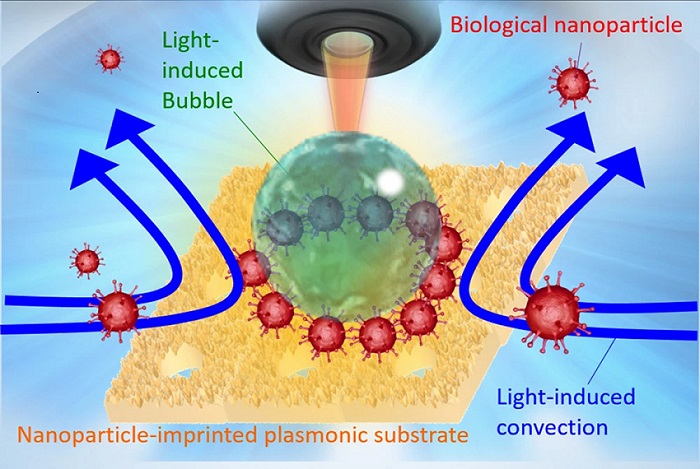
Light-Induced Immunoassay Selectively Detects Coronavirus Spike Proteins In 5 Minutes
Like moths drawn to a flame, microbes can also be influenced by light. Using this principle, researchers have developed a method to quickly detect viruses using only a small sample. Scientists at Osaka... Read more
Simple Blood Test Detects ALS with 98% Accuracy
Amyotrophic lateral sclerosis (ALS) is presently diagnosed via a neurologist’s clinical examination, but differentiating it from other neurological conditions requires tracking symptom progression, which... Read more.jpeg)
Blood Test Predicts Risk for Developing COPD and Other Severe Respiratory Diseases
Chronic respiratory diseases, such as chronic obstructive pulmonary disease (COPD), impact millions of adults worldwide and were the third leading cause of death in 2019. Major risk factors include smoking,... Read moreHematology
view channel
Newly Discovered Blood Group System to Help Identify and Treat Rare Patients
The AnWj blood group antigen, a surface marker discovered in 1972, has remained a mystery regarding its genetic origin—until now. The most common cause of being AnWj-negative is linked to hematological... Read more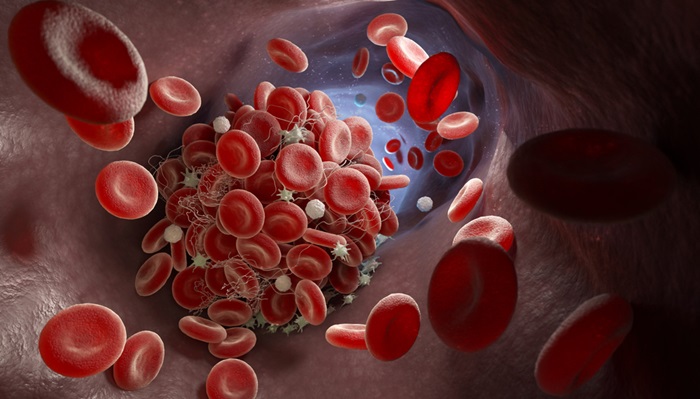
Blood Platelet Score Detects Previously Unmeasured Risk of Heart Attack and Stroke
Platelets, which are cell fragments circulating in the blood, play a critical role in clot formation to stop bleeding. However, in some individuals, platelets can become "hyperreactive," leading to excessive... Read moreImmunology
view channel
Blood Test Predicts Survival in Liver Cancer Patients
Hepatocellular carcinoma (HCC) is the most common form of liver cancer and ranks as the fourth leading cause of cancer-related deaths worldwide. For patients with advanced HCC, several systemic treatments... Read more
Simple Blood Test Identifies Multiple Myeloma Patients Likely to Benefit from CAR-T Immunotherapy
Multiple myeloma, a type of blood cancer originating from plasma cells in the bone marrow, sees almost all patients experiencing a relapse at some stage. This means that the cancer returns even after initially... Read more
Portable Device Analyzes White Blood Cell Activity to Monitor Cancer Patients’ Health
Chemotherapy and similar treatments aimed at eliminating cancer cells often adversely affect patients' immune cells. Each year, this results in tens of thousands of cancer patients suffering from weakened... Read moreMicrobiology
view channel
Rapid Diagnostic System to Deliver Same-Shift Antibiotic Susceptibility Test Results
The World Health Organization estimates that sepsis impacts around 49 million people worldwide each year, resulting in roughly 11 million deaths, with about 1.32 million of these deaths directly linked... Read more
AST System Delivers Actionable Results for Gram-Negative Bacteria Directly from Positive Blood Cultures
Annually, sepsis claims the lives of 11 million people globally, with 1.3 million of these deaths linked to antibiotic-resistant bacteria. For clinicians, the ability to quickly and accurately interpret... Read more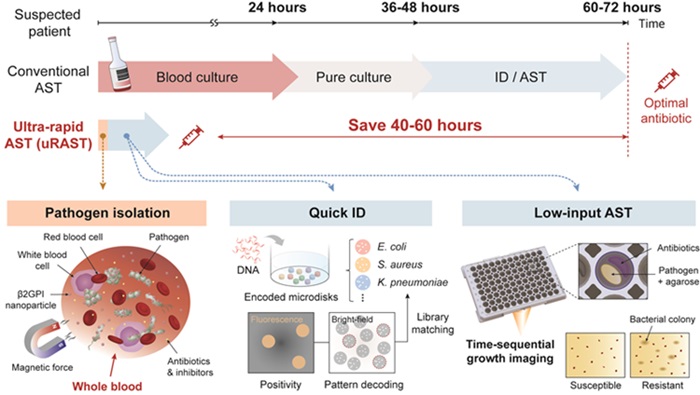
Ultra-Rapid Culture-Free Sepsis Test Reduces Testing Time from Days to Hours
Sepsis, a critical emergency condition, results from an overactive inflammatory response to pathogens like bacteria or fungi in the blood, leading to organ damage and the possibility of sudden death.... Read more
New Rapid Method for Determining Virus Infectivity Could Revolutionize Response to Future Pandemics
On average, every four years a new virus emerges that poses a pandemic threat, in addition to numerous already known viruses that have the potential to jump across species. Currently, there is no test... Read morePathology
view channelAI-Based Tissue Staining Detects Amyloid Deposits Without Chemical Stains or Polarization Microscopy
Systemic amyloidosis, a disorder characterized by the buildup of misfolded proteins in organs and tissues, presents significant diagnostic difficulties. The condition affects millions of people each year,... Read more
Super-Resolution Imaging Detects Parkinson's 20 Years Before First Motor Symptoms Appear
Parkinson's disease is the second most common neurodegenerative disorder globally, affecting approximately 8.5 million people today. This debilitating condition is characterized by the destruction of ... Read more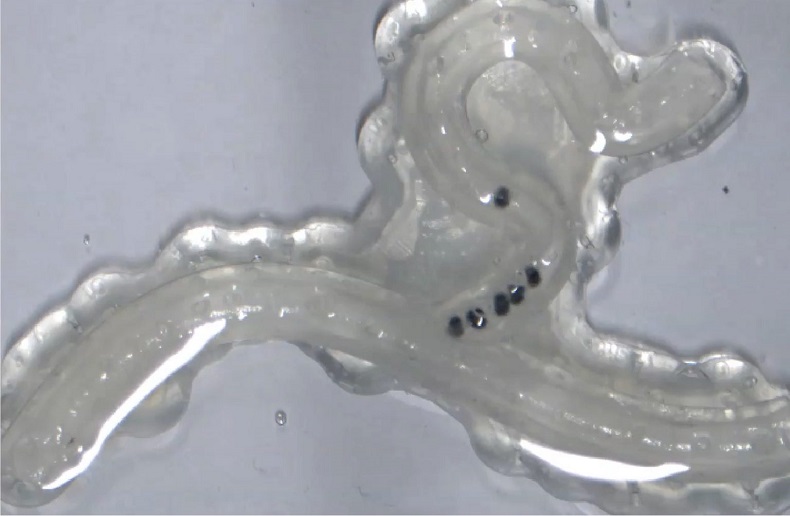
New Technology for Sampling Body Liquids in Confined Spaces to Enable Early Cancer Detection
Body fluids—such as blood, pancreatic juice, urine, and mucus—contain valuable information about chemical composition, biomarkers, bacterial colonies, and other key components. This information aids researchers... Read moreTechnology
view channel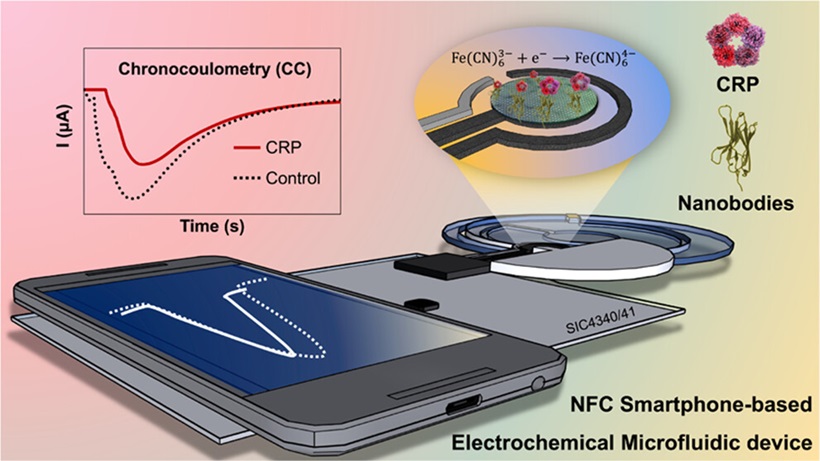
POCT Device Monitors C-Reactive Protein Levels Associated with Inflammation in Real Time
Inflammation, a natural immune response, increases blood flow and improves cellular defense against diseases and infections. Rapid detection of inflammation is critical for effective treatment, creating... Read more
New Microfluidics Method to Speed Up Blood Analyses
Researchers have developed a new method to accelerate and potentially scale up the process of separating particles in fluids, a technique that could prove useful for analyzing cancer cells from blood.... Read moreIndustry
view channel
Beckman Coulter and Scopio Labs Add World's First Digital Bone Marrow Imaging and Analysis to Long-Term Partnership
Since 2022, Beckman Coulter (Brea, CA, USA) and Scopio Labs (Tel Aviv, Israel) have been working together to accelerate adoption of the next generation of digital cell morphology. Scopio's X100 and X100HT... Read more
Roche Expands Digital Pathology Open Environment with Integration of Advanced AI Algorithms from New Collaborators
Roche (Basel, Switzerland) has expanded its digital pathology open environment by integrating over 20 advanced artificial intelligence (AI) algorithms from eight new collaborators. These strategic collaborations... Read more














.jpeg)



